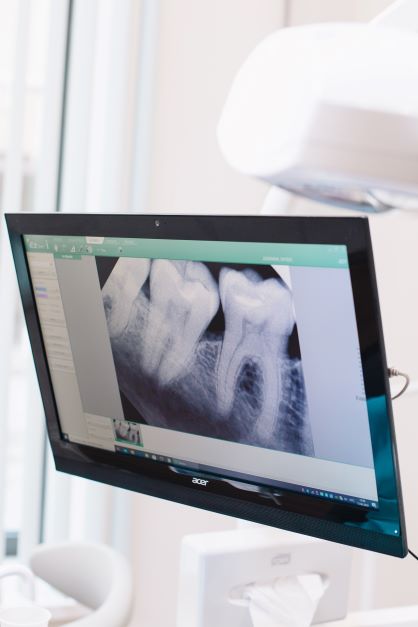28 Nov Root Canal or Extraction: Which Is Right for You? Free guide here
If you have an infected or damaged tooth, there are two options that you may consider to address these issues – root canal or extraction. However, there are benefits and limitations to these two dental treatments . It is best to weigh both of these to come up with a better decision for your particular situation.
To Save or to Extract – What to Consider
There are instances when it is still possible to save your tooth despite the dead or damaged pulp. This is what root canal treatment is for, as it aims to keep the tooth where it is. In the process, it simply removes the damaged part, and then seals and seals the area. As a result, infection and swelling of the vital tissue of the pulp can be prevented.
However, some patients may have to get their tooth extracted because the damage is far too extensive. In this case, the only practical thing to do is to remove the tooth. Because it is no longer possible to save it. When you have a serious fracture in your tooth, or there is a massive cavity, your dentist may require you to undergo tooth extraction. This is usually the recommendation for individuals whose tooth have a crack that goes as far down the gumline. 
Things to Expect During a Root Canal or Extraction
A root canal treatment involves having to numb the affected area, so the dentist can remove the dead pulp. Afterwards, a thorough cleaning of the pulp chambers is necessary before these are filled and sealed with a crown. Then, you will need to visit your dentist according to the prescribed time for an observation and maintenance of the root canal.
As for the pain level, this may vary from a mild ache to a sharp pain. If you experience excruciating pain, you may need to take OTC painkillers as prescribed by your dentist.
With tooth extractions, numbing of the area is needed to prevent any pain during the procedure. The tooth will then be loosened, and your dentist will use forceps to take the tooth out. You may experience minor pressure during the extraction, but it should be tolerable.
To facilitate the clotting of the blood, you will have to bite on a small piece of cotton or gauze. Within the first 24 hours after the extraction, some light bleeding and slight facial swelling may be experienced. Just be sure to eat cool and soft foods for the mean time as these will not irritate the site where your tooth was extracted.
Wrap Up
The decision to have a root canal or tooth extraction depends on your specific situation. After your dentist has assessed your condition. Be sure to discuss your concerns. And make sure you have a clear understanding of these two types of dental procedures. Don’t hesitate to ask your dentist what to expect before, during, and after these treatment methods. This is so that you can prepare thoroughly and get the most benefit in the end.
If you are interested in more infos about your dental situation just contact us here : CONTACT
We will come back to you in maximum 24 hours.







Sorry, the comment form is closed at this time.